

Damion Smy
Hyundai i30 N TCR celebrates 10 years of ‘N’ with Gran Turismo 7 debut
5 Days Ago
The Volkswagen Golf GTI arguably sets the benchmark for daily-drivable hot hatchbacks in 2021. Here's how the story started.

Contributor
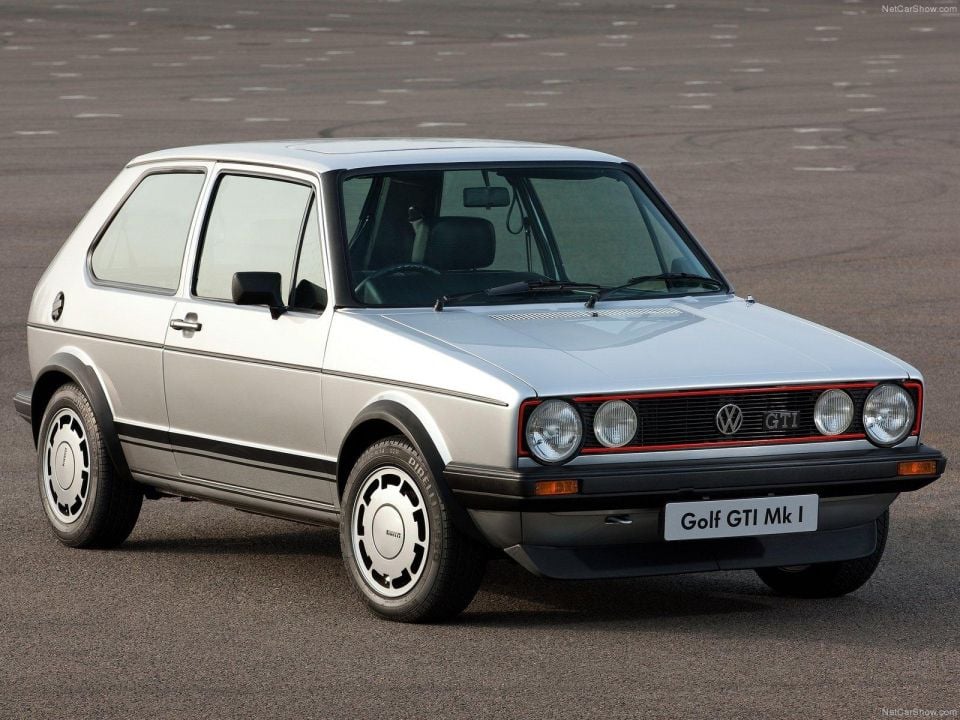

Contributor
Translated literally, Volkswagen means ‘People’s Car’. With the British in control of Volkswagen after WWII, the firm was directed to continue production of two models: the original Beetle (Type 1) and the Bus (Type 2).
Although it was meeting its design and engineering goal of carrying a family of four at 100km/h along the autobahn, by the 1970s the Beetle was well out of date with its air-cooled, rear engine, rear-wheel drive powertrain.
Attempts to maintain interest through special editions such as the Beetle GSR in 1973, with a yellow and black colour scheme, failed. Instead, the GSR generated public criticism for encouraging reckless driving.
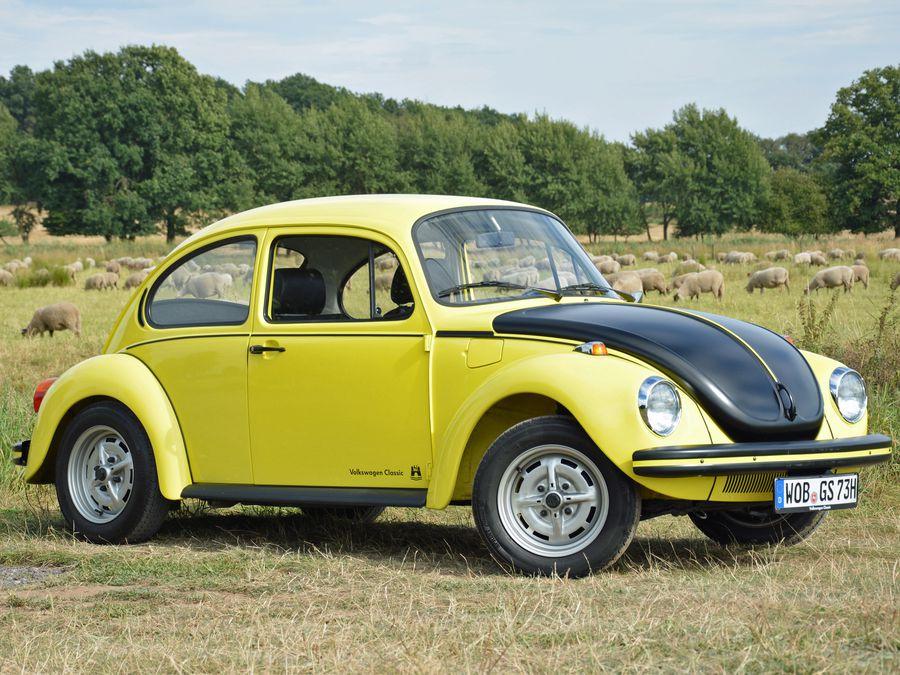
To compensate for faltering Beetle sales, Volkswagen launched the Golf as a successor in 1974, featuring a practical hatchback design, crisp lines, a front-wheel drive layout, and improved safety.

What was lacking? A performance version. The controversy around the Beetle GSR had compelled upper management at Volkswagen to focus on regular Golf variants.
Internally though, the torch for a performance car was carried by engineer Alfons Löwenberg and public relations head Anton Konrad.
The oil crisis and stringent emissions regulations meant a larger, dedicated sports car was off the table. Instead, the two led a behind the scenes, unofficial attempt to develop the ‘Sport Golf’ with the hope when management viewed a prototype, it would be impressive enough to warrant production.

The prototype was presented to Volkswagen management in 1975 and subsequently approved for production, with sales commencing in 1976.
Volkswagen had forecast a limited production run of 5000 units. In reality, the GTI proved to be far more popular, with more than 460,000 units sold globally before Mk1 production ended in 1983.
Perhaps the primary innovation the GTI brought compared to run of the mill variants was fuel injection.
Ordinary Golfs at the time used engines fitted with a single carburettor. Commonplace at the time, carburettors were a simple method to mix fuel and air, and subsequently transfer this mixture into the engine cylinders for combustion.
In a carburettor, a throttle valve connected to the accelerator pedal can open to varying degrees, enabling changes to the air/fuel ratio based on what’s demanded by the driver. However, this system limited the overall performance of the engine, as the mixture of air and fuel could not be tailored for each cylinder.
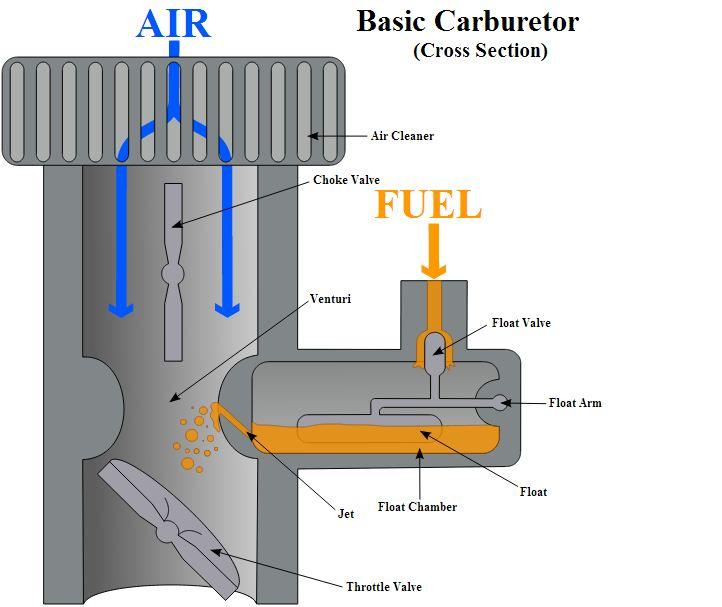
The Golf GTI resolved these problems and allowed for improved performance through the use of an engine fitted with a Bosch fuel injection system called ‘K-Jetronic.’
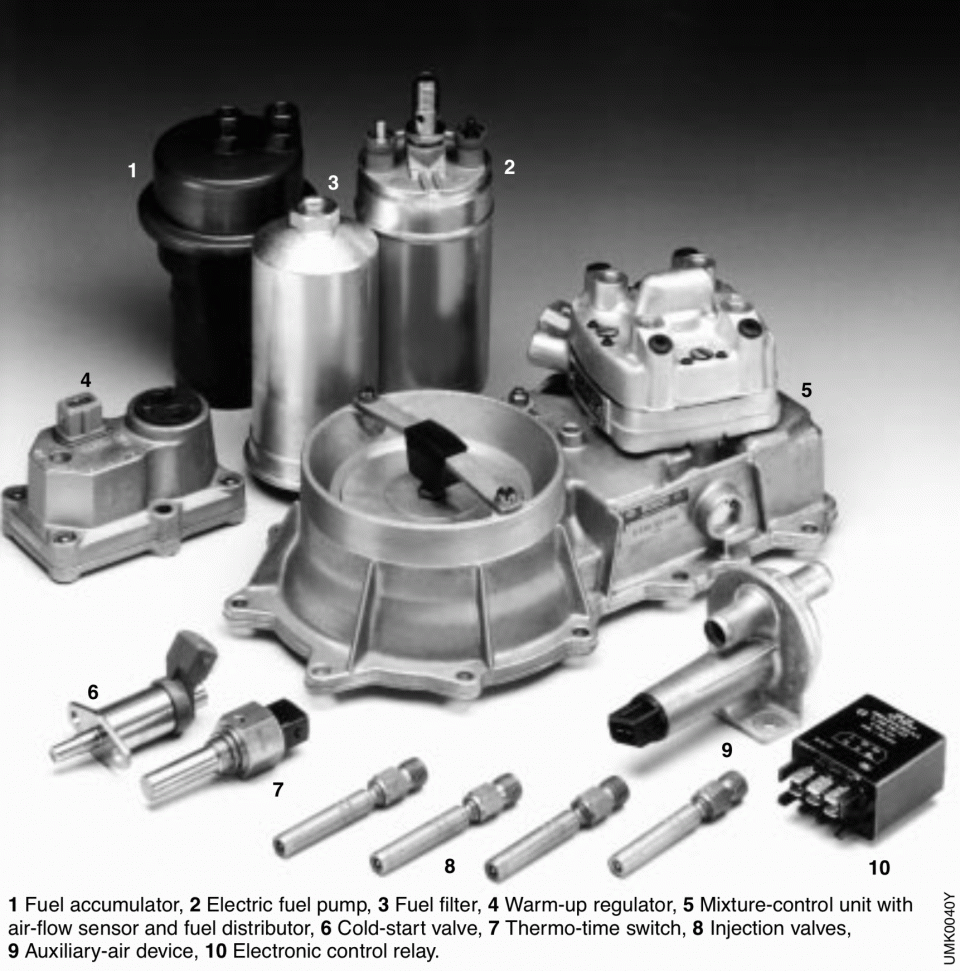
Technically known as a continuous mechanical fuel injection system, this system used discrete fuel injectors for each cylinder so the air-fuel mixture could be varied on a per-cylinder basis, optimising engine performance.
The K-Jetronic system was a mechanical system that relied on fuel pressure. Once the engine was warm, the system sprayed fuel constantly into the cylinders, with an air flow sensor and fuel distributor working together to vary the amount being sprayed.
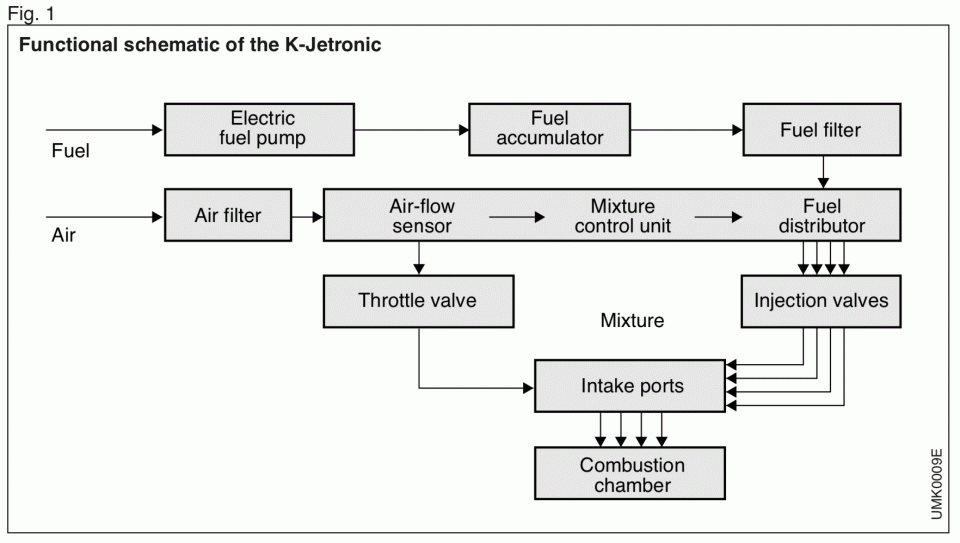
Contemporary electronic fuel injection systems build upon this by allowing more precise control over fuel spray, as the ECU can control the injection timing and even pulse the injectors to achieve an optimal air/fuel ratio.
The addition of the K-Jetronic mechanical fuel injection system allowed the original Golf GTI to have 87kW of power and 137Nm of torque, an increase of 26kW and 20Nm over the next most powerful variant. Acceleration from 0-100km/h took 10 seconds, quick for its time.
Perhaps the most famous design touch separating the GTI from regular Golfs is its tartan fabric seat upholstery, with its chequered pattern and intersecting lines.
Why tartan? One of the design leads on the original GTI, Gunhild Liljequist, had a background as an interior designer, with associated interests in porcelain painting and the design of gourmet chocolate boxes.
These interests led to frequent travel around the UK, and on one of these trips to London’s famed Carnaby Street shopping precinct, she noticed a tartan pattern. Using this as inspiration, the pattern was recreated as a seat insert on the GTI in red to emphasise the car’s sporting character.
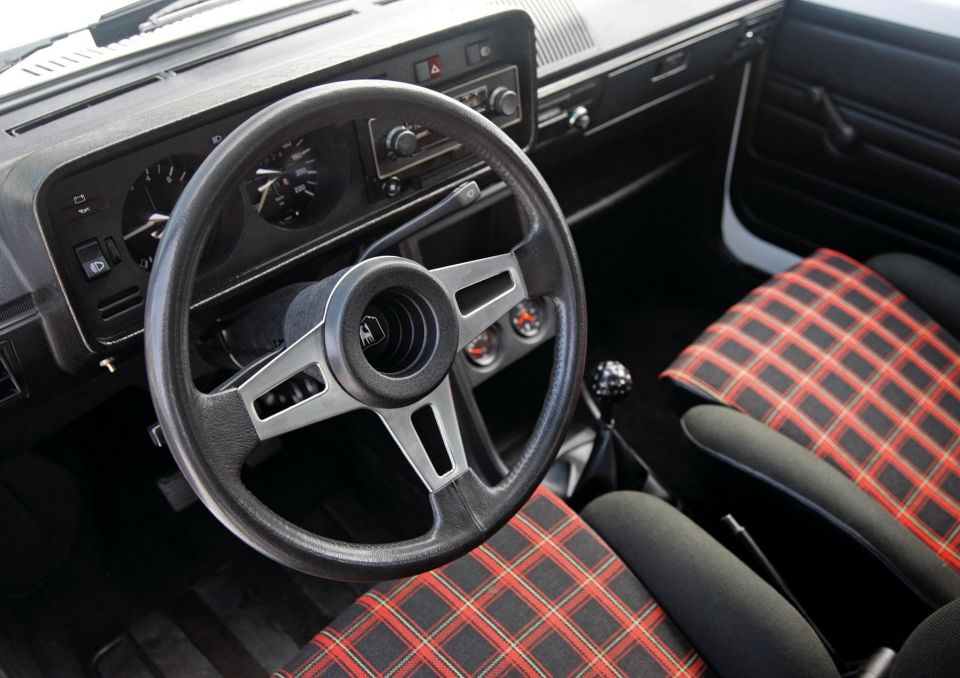
The golf-ball style gearshift is another GTI exclusive design flourish and, according to Liljequist, more of a self-explanatory comedic touch to bring together the car and the sport of golf.
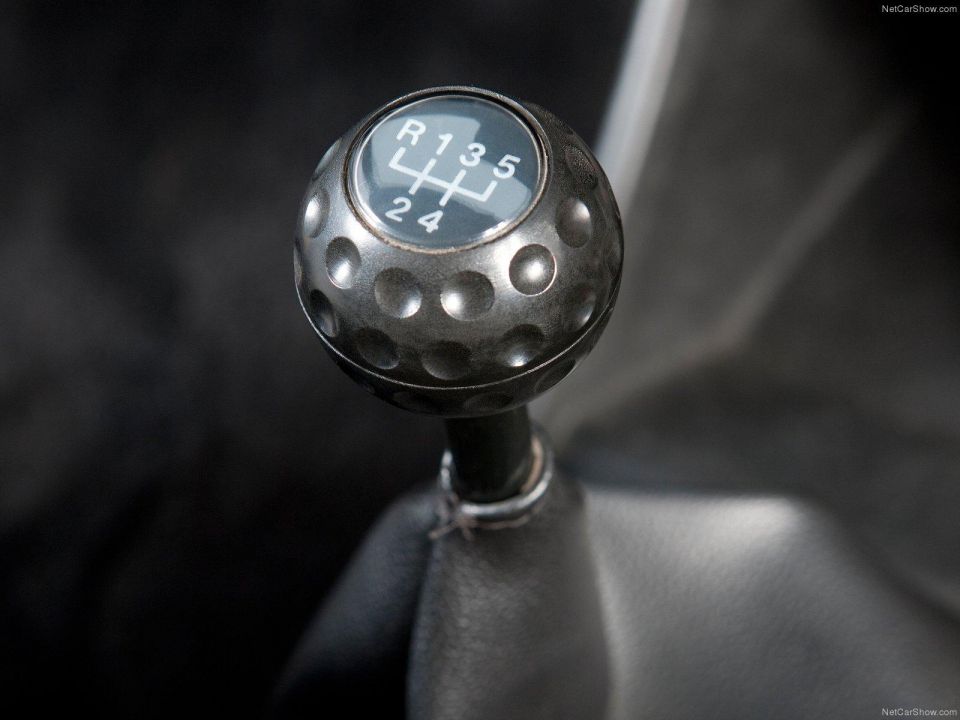
To match the red-accented tartan inside, the original GTI also featured red exterior trim around the front grille. Rumour has it this served not only to visually differentiate the GTI from lesser Golfs, but also as an indication to Porsche drivers at the time they were being chased by a small car that could keep up with them!
MORE: Volkswagen Golf news, reviews, comparisons and videos MORE: Everything Volkswagen
Where expert car reviews meet expert car buying – CarExpert gives you trusted advice, personalised service and real savings on your next new car.


Damion Smy
5 Days Ago
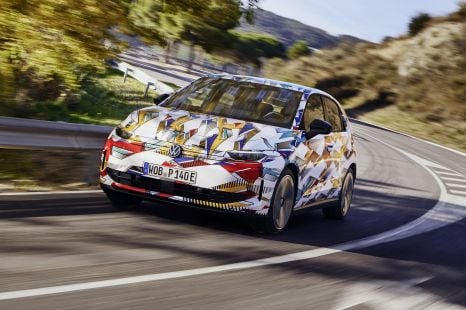

William Stopford
11 Days Ago
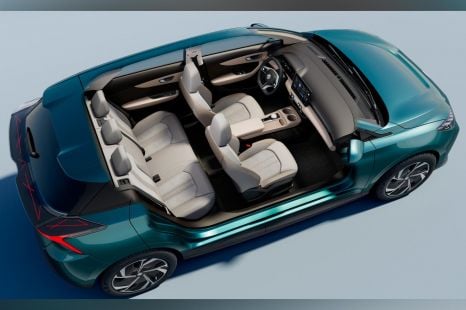

William Stopford
13 Days Ago
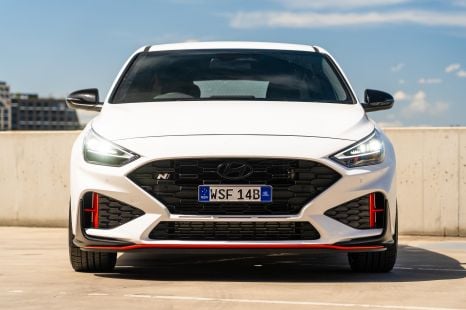

William Stopford
18 Days Ago


Josh Nevett
27 Days Ago


William Stopford
1 Month Ago